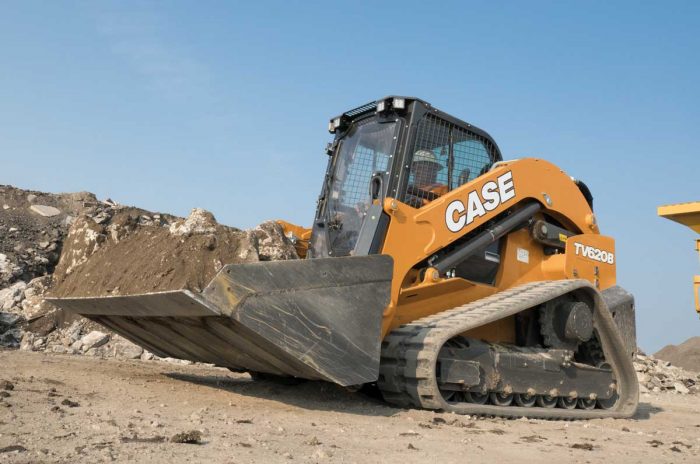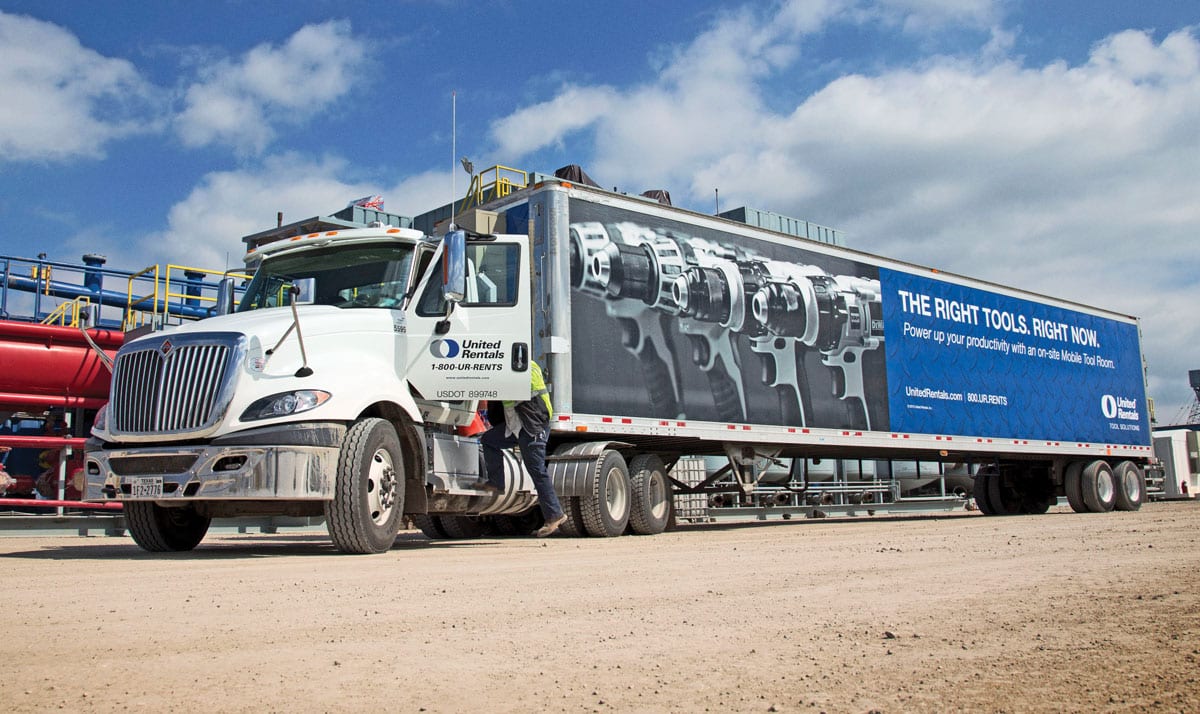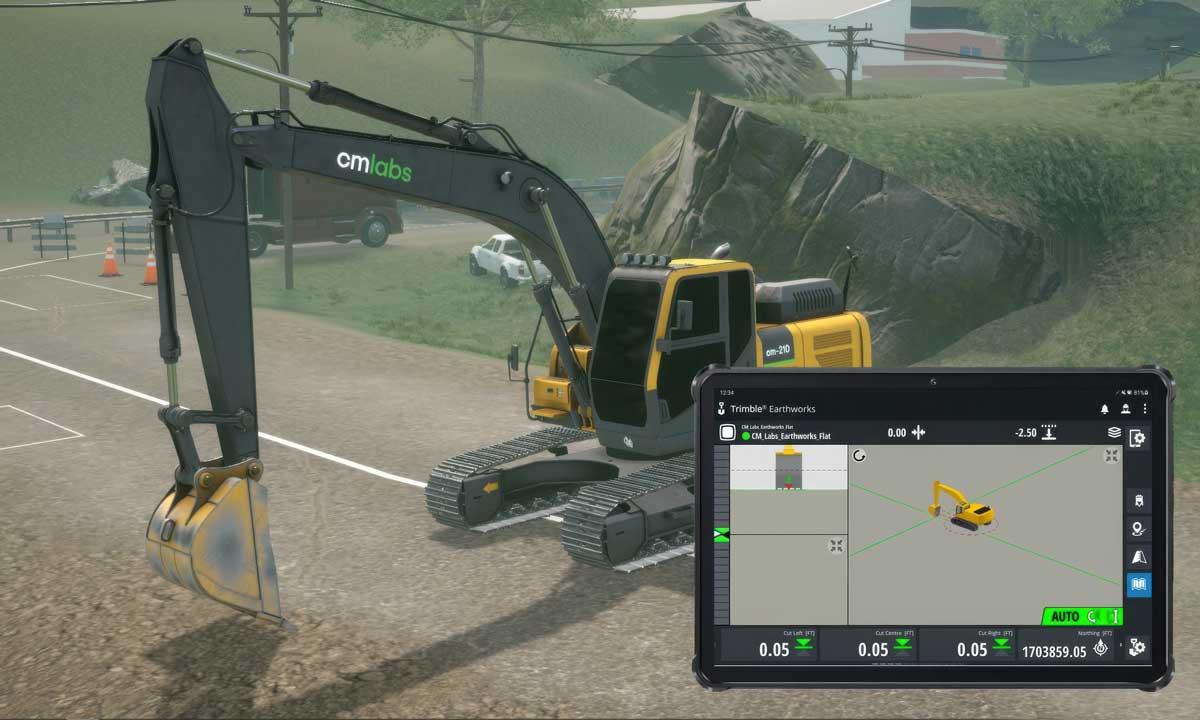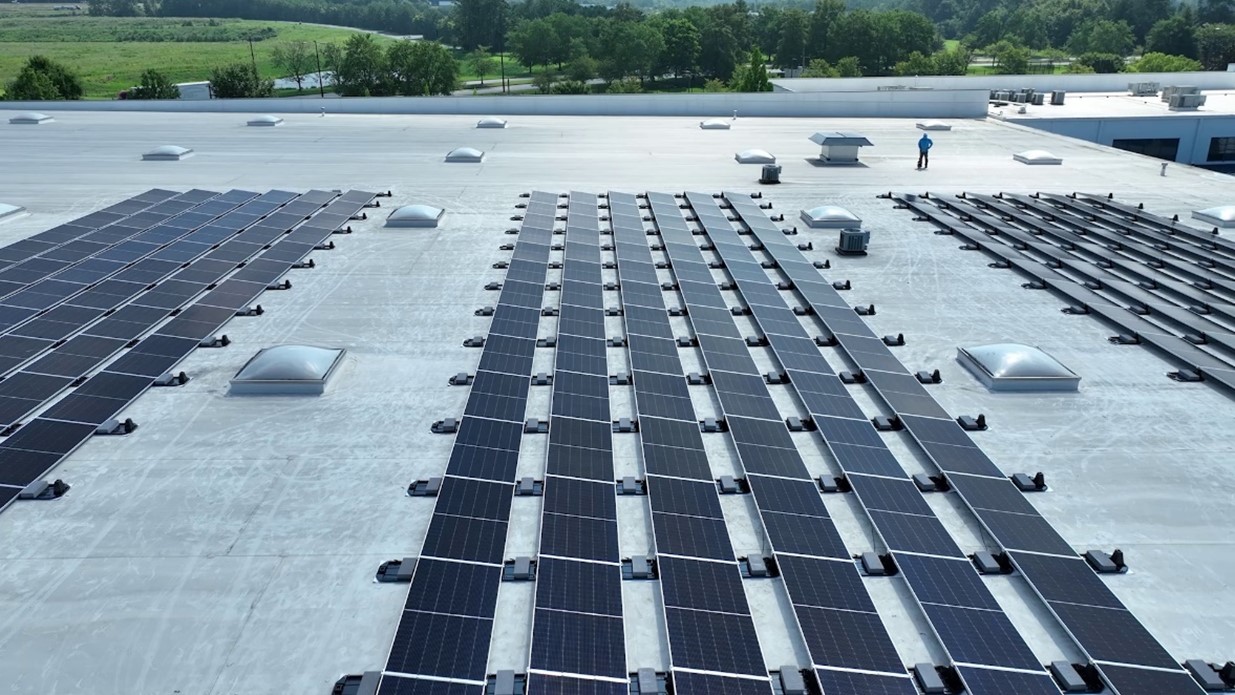2022 Rental Equipment Forecast: Technology, Supply Chain, Workforce Development and a Circular Economy

There is no doubt that the past couple of years have been tremendously challenging for many businesses. However, as we make our way through the first half of 2022, the equipment rental industry is demonstrating a solid performance with an optimistic outlook for the future. The American Rental Association (ARA) forecasts many years of growth in the U.S. equipment rental industry. Specifically, over the next four to five years, rental industry year-over-year growth will be greater than gross domestic product (GDP) growth, and rental penetration (the percentage of equipment rented versus owned on a jobsite) will continue to increase.
This growth is driven by several key influences impacting the industry, including new technology and innovation, supply chain demands, workforce development and a circular economy.
In addition, this growth is attributed to a shifting mindset for contractors as they’re finding that renting is a more efficient and effective solution compared to asset ownership. Rentals are also more sustainable. A study by the European Rental Association showed that the carbon emissions on a rented piece of equipment are 20 to 50 percent lower over its lifespan than an owned piece of equipment.
Emerging Technology and Innovation

The use of new technologies and innovations is expanding in the construction equipment industry. Most notably, driver assist technologies that make operating a piece of equipment safer and easier, such as backup cameras, and machine control systems that help operators grade or excavate to accurate depths are becoming more common.
Also, much like the automobile industry, the construction equipment industry is witnessing a lot more electrification of equipment as battery capacity and charging speed improve. There are remarkable efficiencies to using electrified equipment on a jobsite, and in many cases, it also helps ensure greater jobsite safety.
Since rental companies update their fleets on a regular and more frequent basis than most equipment owners, contractors can rent equipment that gives them access to the latest technological bells and whistles that can help them experience the benefits of newer technologies, often improving productivity as a result. Contractors can also become more familiar with newer technology before deciding whether to add to their owned equipment fleet.
I hate to be the bearer of bad news, but sometimes you can’t have it all… unless you rent. From finding the right dealer to scoring the perfect rental machine, we have you covered!
Supply Chain Demands

It’s not surprising that, like most industries, the construction industry is struggling to obtain equipment due to a number of supply chain delays and demands. Standard items, such as mini excavators and compact track loaders, that in the past would’ve been available in a couple weeks, now could take over a year to acquire. Contractors without a significant equipment fleet and those that need equipment to complete a variety of jobs are relying on rental partners to acquire equipment since buying has become so difficult.
Of course, rental companies deal with the same complexity of supply chain issues but are skilled in logistics and efficiency. Utilization increases because rental companies can more easily modulate buying and selling equipment over long periods of time. So, rental companies are holding onto equipment a bit longer despite used equipment values being at record levels because they need to have fleet available. Ultimately, rental companies can more easily hold onto their fleet, order a new fleet, wait a year for it to come and then make sure it’s available for contractors.
In addition, for a contractor whose daily job isn’t fleet management, there’s an added level of difficulty with getting parts for a piece of equipment in need of repair. So, even aspects like maintenance are affected because parts are just as hard to get as the equipment is. Rental companies, on the other hand, tend to have a good stock of parts and access to parts in bulk, which helps them with the maintenance aspect. Rental companies are essentially doing fleet management at scale, as well as absorbing some of the complications in the supply chain, so contractors don’t have to deal with it.
Workforce Development

The shortage of skilled labor throughout the construction industry is an issue that isn’t expected to end anytime soon. Equipment rental companies, as part of that construction workforce, are dealing with the same concern that the contractors are. To better support contractors, rental companies and the ARA are working together to make sure their supply of some of the toughest to find roles have a strong pipeline through trade school relationships and new outreach services through ARA Rental Works. In addition, they are releasing new tools to make staff into pros and upskill workers quickly through the ARA’s certified programs for technicians.
Ultimately, for contractors facing a labor shortage, it’s important to make jobsites more efficient whenever possible. The equipment rental industry is designed to help contractors do things more efficiently. More equipment is being used in applications where it can replace or decrease the amount of labor. A good example of that is the popularity of stand-on or walk-behind skid steers in the rental industry, which thrive on their versatility. A landscaper can use one attachment-wielding mini tool carrier to replace manual labor, which often means they can get the job done in less time.
Circular Economy
Rental companies are a unique piece of a circular economy, which is a more sustainable use of assets and raw materials. They’re good at procuring equipment, but more importantly making sure that the equipment is fully utilized and highly maintained while new and at its peak level of performance and usability.
Then at the end of the equipment’s usable life, because it has been well maintained, rental companies can make smart decisions about the next stage of the cycle for that asset through recycling, reuse, resale and repurposing parts. While rental companies are not end-to-end circular, they’re a very effective part of that middle piece.
A Promising Outlook

Overall, the equipment rental industry is strong and healthy, and the American Rental Association predicts a positive forecast for future growth. As the equipment rental industry adjusts and embraces the current influences in play, contractors can position themselves to benefit from their rental partner’s expertise in logistics, utilization and fleet management to improve efficiency and productivity while focusing on what they do best — getting the job done.
Josh Nickell is vice president of the equipment segment at the American Rental Association. Learn more at ararental.org.
Learn More About Managed Tool Trailers from United Rentals

For many contractors, having the right tools for a construction project is essential for staying on budget and schedule. Did you know United Rentals Inc. offers managed tool trailers to ensure crews have what they need when they need it? Onsite managed tool trailers provide companies with rental tools, small equipment and consumable supplies that are custom stocked to a specific project. The trailers can include an onsite tools expert to manage the room, check tools out to authorized users and provide inspections, maintenance and safety oversight. Managed tool trailers make it easy for workers to know where to go for the tools they need with those tools guaranteed to be in good working order. If a tool is broken during use, the trailer is equipped to swap it out immediately for an onsite backup. For more info, visit unitedrentals.com.





Comments are closed here.